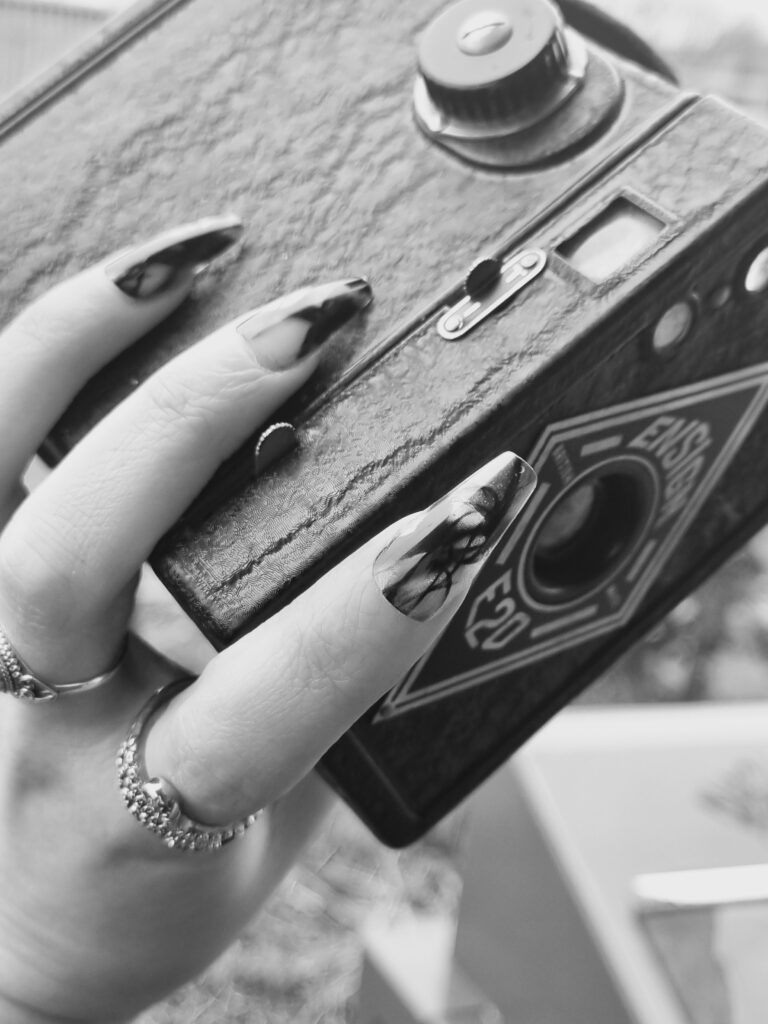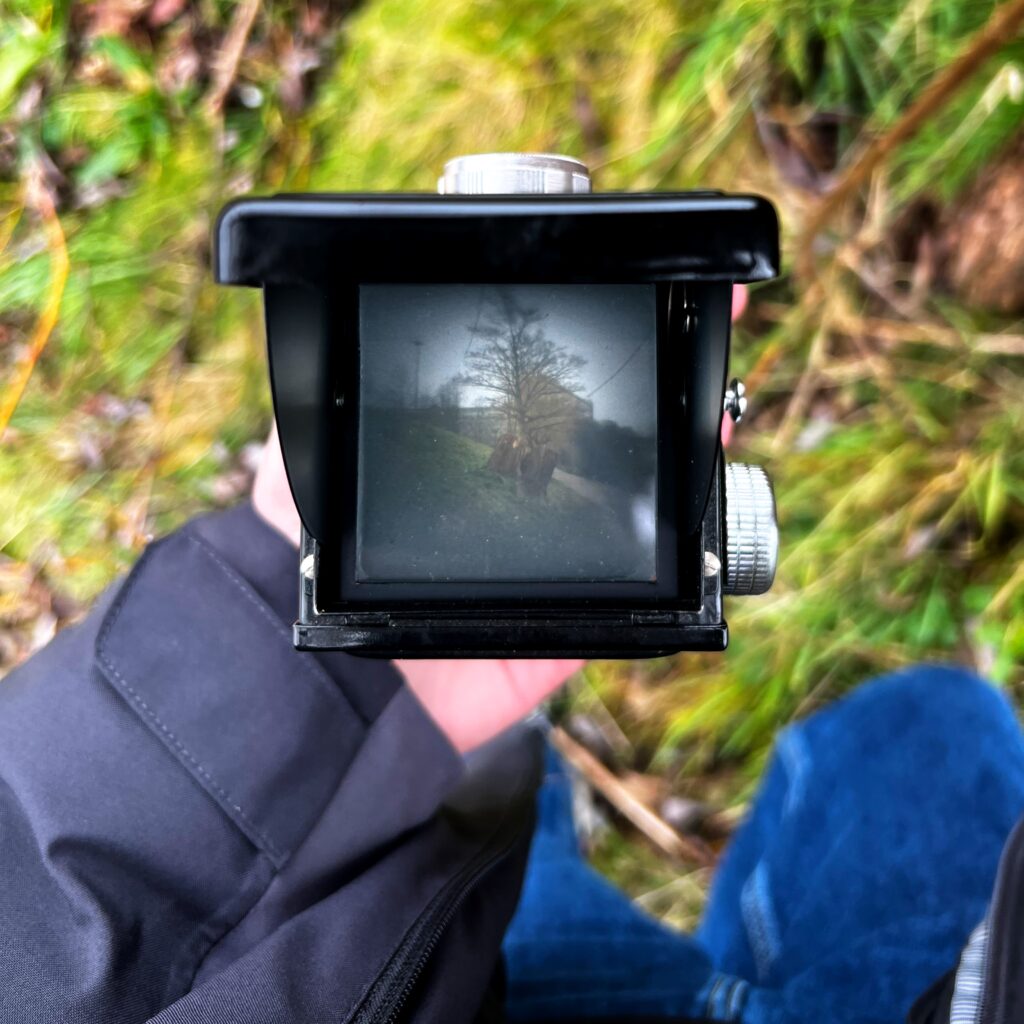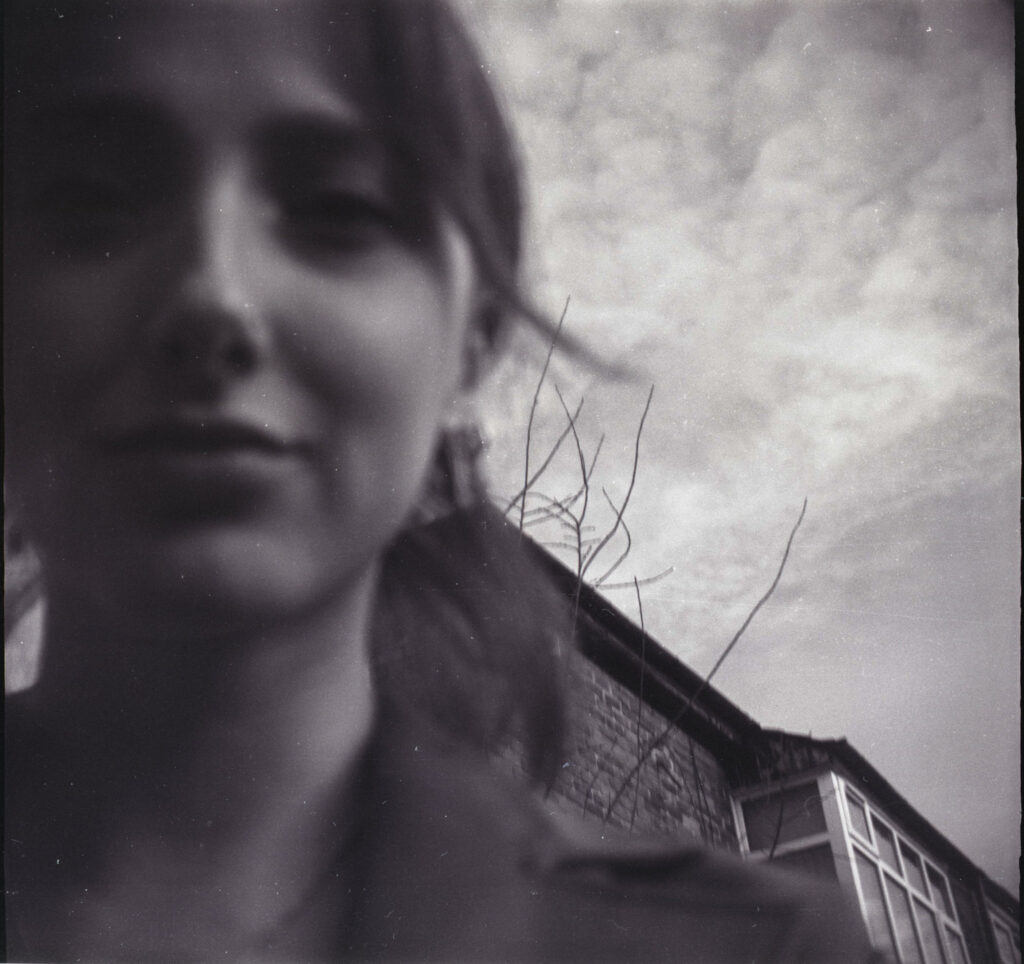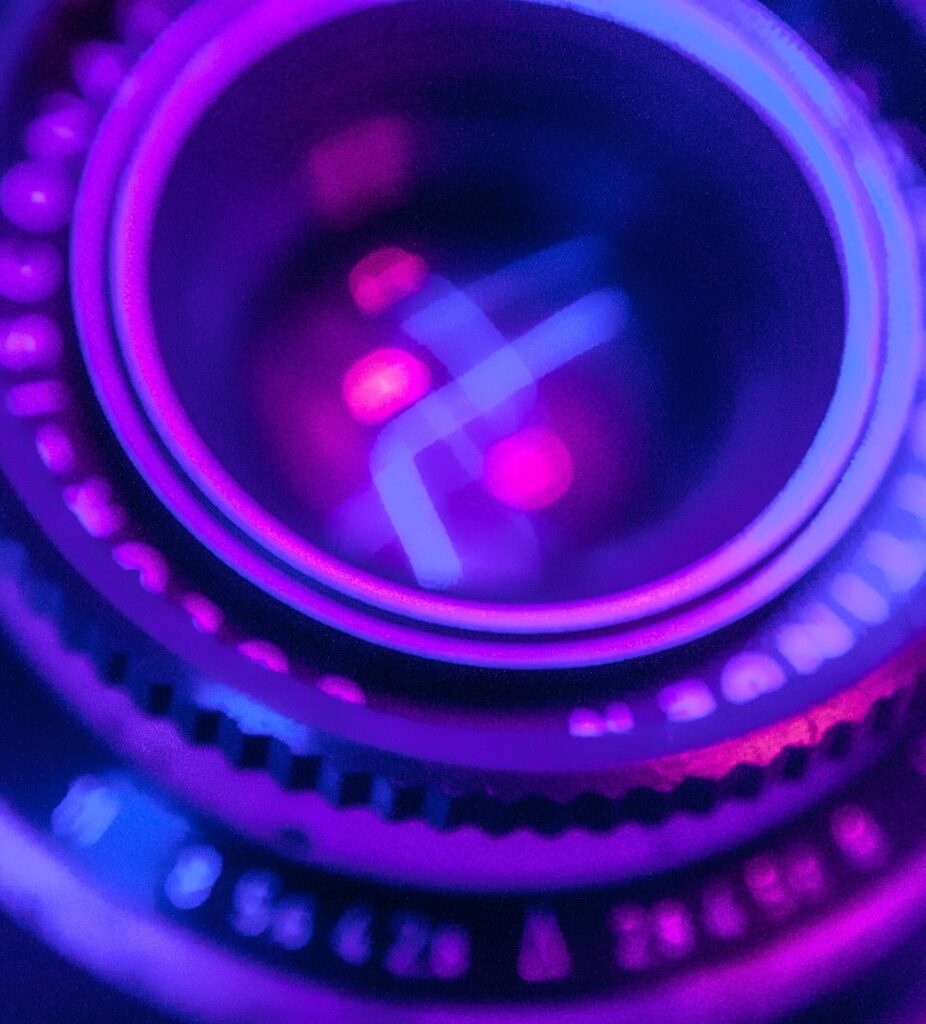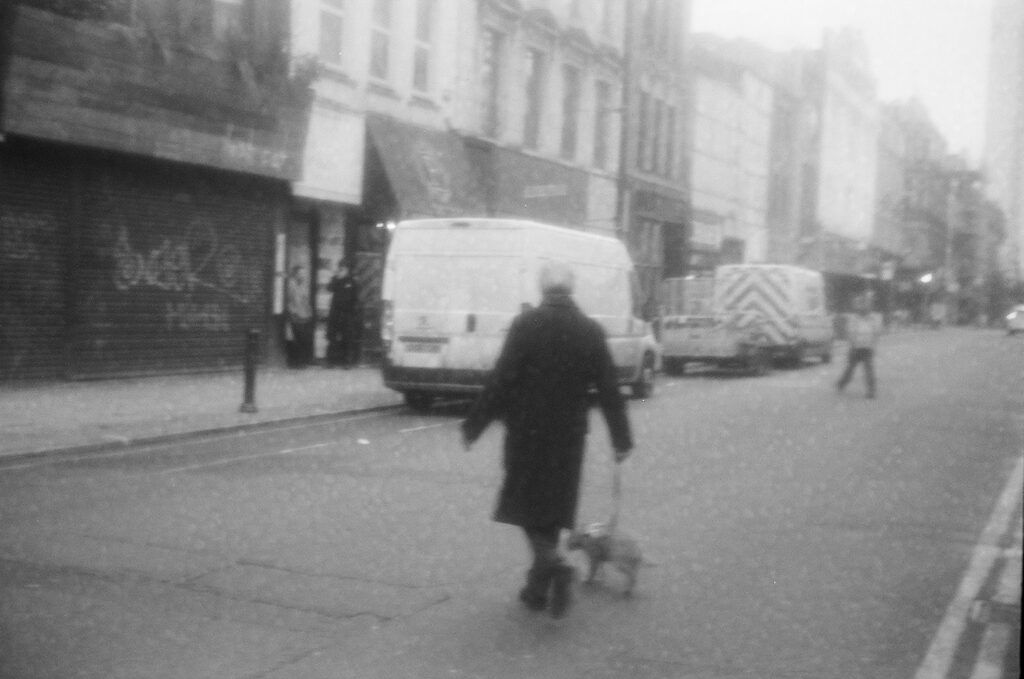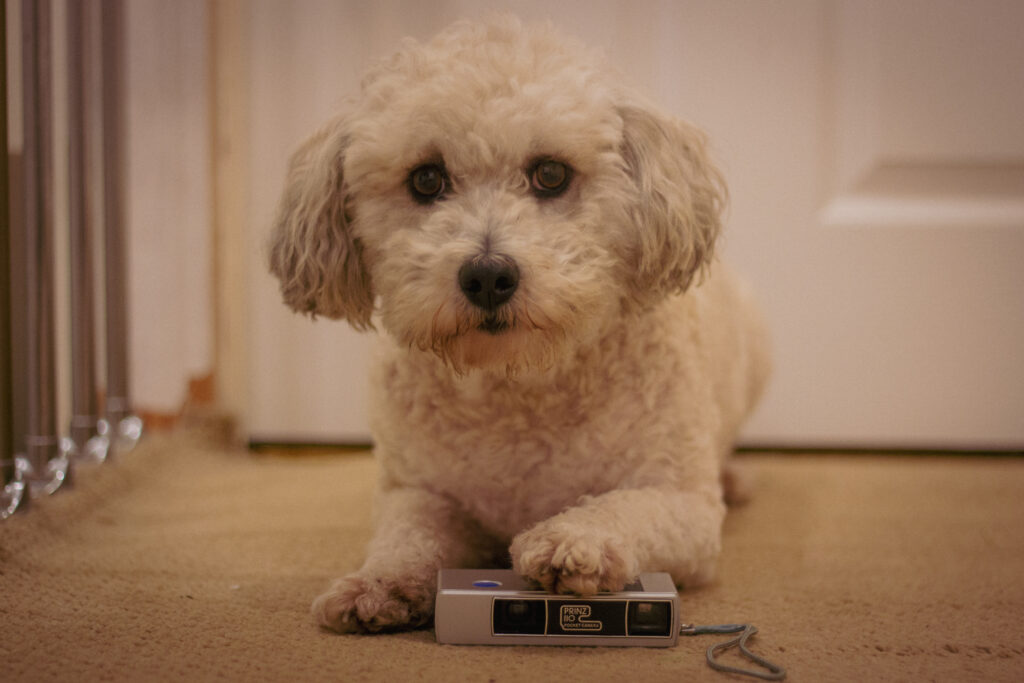Recently we began to study a large group of cameras in the Science Museum Group Collection as part of our important, and ongoing, Collection Review work.

These cameras were donated to us by the Kodak Museum in 1984. Known as the ‘Kodak, New for Old’ collection, this group of cameras is named after Kodak’s ‘New for Old’ camera exchange scheme which enabled customers to receive money off a new camera in exchange for their old camera.
In all, around 10,000 items of photographic and cine equipment and 50,000 images were donated to us by the Kodak Museum, which began collecting items in 1927.
New for Old
The ‘New for Old’ items cover the breadth of amateur photography from early box brownies and folding roll film cameras through to Polaroid cameras and Kodak tele-instamatics.
They show not just the evolution of Kodak cameras throughout the 20th century, but also cameras made by a wide range of companies around the world. These items can also help us understand which cameras were popular when the New for Old scheme was in place.
The most common type of camera was the Kodak instamatics, a pocket-sized plastic camera dating from the early 1960s to late 1980s (when the scheme operated). There were fewer examples of older cameras, such as box brownies, which may have already been replaced with newer technologies by the time the scheme began.

As a result of the New for Old scheme, around two thousand cameras were collected including many hundreds of duplicates. Our aim has always been to review and study these cameras, and recently we finished that task.
This review has enabled us to find out more about the cameras, identifying unique examples not represented elsewhere in the Science Museum Group Collection and highlighting where there are duplicate cameras which could be rehomed.
The Inventory
First the team spent several weeks studying the cameras individually (we call this process inventory) in our stores at the National Collections Centre in Wiltshire. More than 2000 cameras in around 170 boxes were studied and photographed.
We recorded the model, maker, place made, condition, any hazards, and the measurements of each camera. Barcodes were given to each individual camera, making it possible to easily locate and track each camera.

After recording this information, the cameras could then be researched in more detail. As part of this research, we consider several key questions:
Does the camera have any special features?
We found various cameras with special features, including labels showing who had purchased or used the camera, information relating to its sale, and even receipts from the New for Old exchange scheme. This enables us to tell a more complete story of these items and better understand how the scheme worked and who took part.
Is the camera contained within its original packaging or case?
We also looked at whether the cameras were in their original packaging. A wide range of cameras with their original boxes and packaging will remain in the collection, helping illustrate the evolution of branding and marketing cameras. One particular highlight is a selection of Polaroid cameras encased in rainbow packaging.
Is the camera in poor condition or potentially hazardous?
When we studied the cameras, we recorded the condition and any hazards. For the small number of cameras in a particularly poor condition, either beyond repair or hazardous, we would consider removing these items from the collection.
Is the camera a duplicate of a camera already in the collection?
We also searched our existing collection to check whether we had existing examples of these cameras in the collection already. Duplicates were then reviewed by our curators. We decided to keep those duplicates with special features and proposed that other duplicates should be transferred from our collection and rehomed with a suitable organisation.

The Outcomes
After carefully reviewing all the cameras, we selected approximately 500 cameras to keep in the collection (just under a quarter of the 2,128 cameras we looked at). These will be safely stored so they can be studied and displayed in future years.
The cameras have been individually listed in our collection database and we will be adding photographs of each camera to our online collection, making them even more accessible to researchers and the wider public.
These 500 or so cameras contain a wide range of camera types, from folding roll film cameras to box cameras, and date from the early 1900s to the 1980s. They now include cameras not found elsewhere in the collection, as well as particularly interesting examples with original packaging or unique features.
They also speak to the personal nature of photography – documenting family occasions and important milestones. Inside one camera case is a handwritten birthday message from 1959 showing the camera had been a special gift. Others have receipts showing where they were bought, many from specialist photography shops across the UK. A few cameras are still in their original packaging, a testament to the level of care their owners took in keeping them.
We will also begin to offer the remaining duplicate cameras to suitable organisations, following our rigorous internal process for transfers from the collection, so that more people can benefit from these fascinating items.
UPDATE (FEB 2023)
The remaining duplicate cameras were made available to other museums for transfer, but with no interest we decided there could still be a public benefit if the cameras were offered to colleges and universities to be used by students and teachers across photography or art departments.
After extensive research into colleges and universities near to the Group’s museums with art and / or photography departments, the institutions were notified that cameras were available to interested students, teachers, or practitioners who wished to work with the items.
The cameras were transferred to 28 different colleges and universities around the country, including Leeds Arts University, Goldsmiths and New College Swindon. While some of the cameras still functioned and were useable for projects, others could be used as teaching tools, for displays, or for art projects.
Students at Salford University embarked on a project to reuse the cameras, creating images and social media content with the cameras which promote sustainability in photography. Thanks to the students who shared the results of their creativity with us.
This blog post was written by Iona Farrell and Laura Gibson in the Collection Review team.

